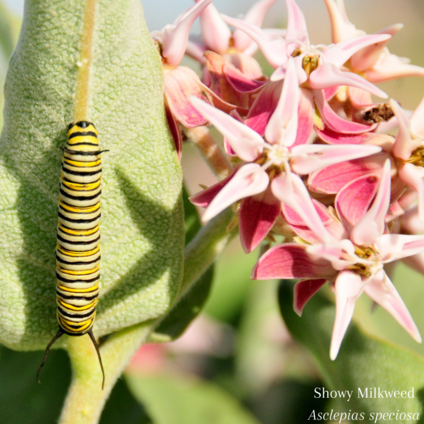
Prairies have been reduced to just 1% of their former range, making it one of the most endangered ecosystems. One way you as an everyday citizen can help is by planting native prairie plants. This can be in the form of a whole prairie garden, or even just a few native plants in a small garden bed. The idea is to create urban prairie habitat in a place where it has historically been decimated. The prairie ecosystem when left alone or properly managed supports abundant biodiversity. Prairie plants provide food and shelter to the hundreds of prairie pollinators. One of these pollinators is the monarch butterfly. The monarch butterfly requires a very specific prairie plant to complete its life cycle, the milkweed.
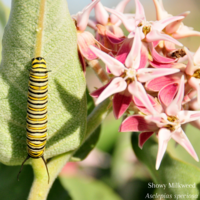
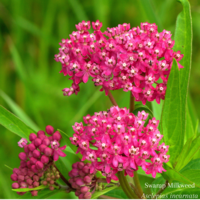
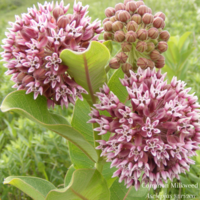
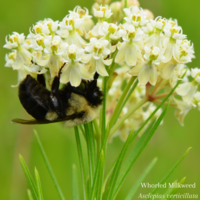
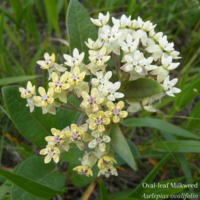
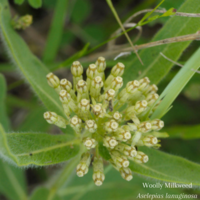
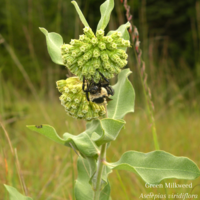
Image Credits to: Tom Koerner/USFWS, Joshua Mayer/Flickr, Laura Hubers/USFWS, Joshua Mayer/Flickr, Laura Hubers/USFWS, rayrob/iNaturalist, and Doug McGrady/Flickr
Milkweed refers to a group of plants in the genus Asclepias. In North America, there are over 100 milkweed species, but only 7 native to the prairie region. It is best to plant the species native to this region since they evolved here and are hardier. This means they can thrive in the rapidly changing prairie weather with little maintenance once established. The 7 native species are showy milkweed (Asclepias speciosa), swamp milkweed (Asclepias incarnata), common milkweed (Asclepias syriaca), whorled milkweed (Asclepias verticillata), oval-leaf milkweed (Asclepias ovalifolia), woolly milkweed (Asclepias lanuginosa), and green milkweed (Asclepias viridiflora). However, these 7 species are not created equally. Both woolly, and green milkweed are exceedingly rare and not widely cultivated. Therefore, it's unlikely you’ll be able to grow them. On the other hand, common, and showy milkweed are very common, so much so they are classified as weeds due to their prolific spreading ability. If one is intent on growing these species, do so in a deep pot to prevent spread, and harvest and discard the seeds. That leaves us with the species most recommended to grow swamp milkweed, oval-leaf milkweed, and whorled milkweed. These species can often be found in local plant nurseries and are great choices to add to your urban prairie garden. Commonalities between all these milkweed species include long-lasting blooms, large clustered flowers, complex flowers only able to be pollinated by large insects, milky sap in the stem and leaves that contain the toxin cardiac glycoside, and an ability to support monarch caterpillars.
Monarchs are native pollinators to the prairies. Unfortunately, their populations have declined rapidly over the past 20 years and are now listed as endangered. They are one of the few butterflies that migrate long distances. In Canada, there are 2 distinct populations separated by the Rocky Mountains. The prairies fall in the east of the Rockies group which overwinter in Mexico. Monarchs are one of the most iconic and well-recognized species of butterflies. The butterflies are primarily bright orange with black and white markings, while caterpillars are brightly coloured with black, white, and yellow bands. Colouration acts as an indication to predators they are poisonous. Not so much that it would kill the predator, but enough that both the caterpillar and butterfly taste unpleasant and may make the predator sick. Interestingly, monarchs are not naturally poisonous, instead, they become poisonous by feeding on milkweed leaves as caterpillars.
Milkweed and monarchs have a symbiotic relationship where both species benefit from each other's presents. Milkweed is mildly poisonous and is not able to be eaten by most things. Monarchs evolved to overcome this defence, leading to little food competition. The caterpillars eat so much of the leaves toxins build up in their bodies making them unpalatable. To aid in the caterpillar’s quest to eat milkweed the eggs are laid directly on their leaves. As well, the adult monarch butterflies feed on the nectar of the milkweed plant. This is where milkweed benefits, they have a very complex flower that is not successfully pollinated by many species, but the monarch butterflies pollinate them with ease. Therefore, it is of great benefit to the plant to have monarchs around. By hosting the caterpillars the plant can guarantee butterflies able to successfully pollinate them will be in the area after metamorphosis takes place. The relationship can be sumerized by milkweed = monarch caterpillars = monarch butterflies = increased pollination of milkweed.
By planting any of the native milkweed species in your urban prairie you are helping to provide refuge for an endangered species, bringing native plants back into the urban environment, and giving yourself beautiful flowers to enjoy all summer long.
Sources:
https://wildlife-species.canada.ca/species-risk-registry/species/speciesDetails_e.cfm?sid=29
https://cwf-fcf.org/en/resources/encyclopedias/flora/milkweed.html
